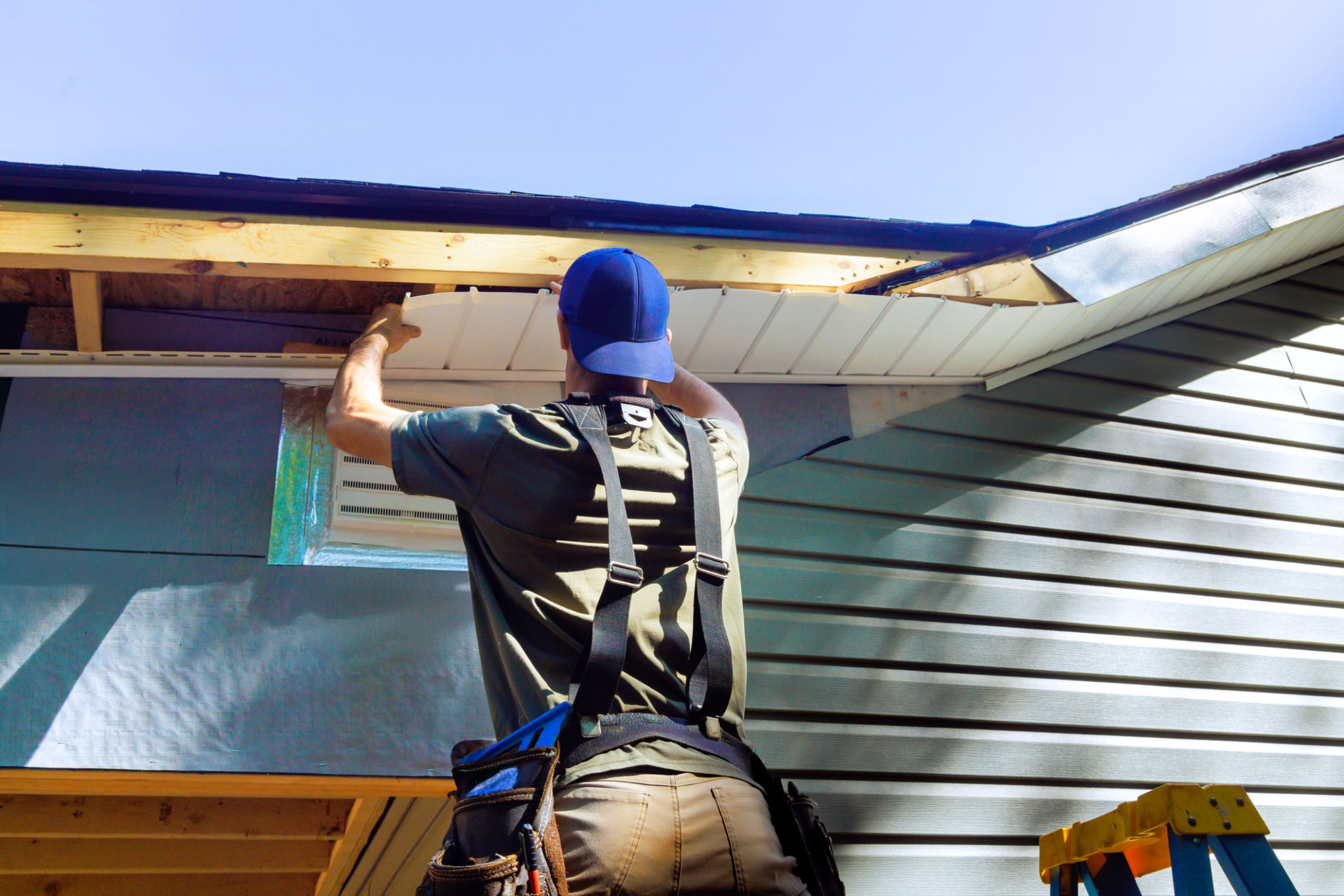DIY Building Restoration: Tips from the Transformation Builders Experts
Understanding the Basics of Building Restoration
Building restoration is an exciting yet challenging DIY project. It involves bringing an old or damaged building back to its former glory, preserving its historical value while ensuring modern functionality. Whether it's a quaint cottage or a grand mansion, the key to a successful restoration is a blend of careful planning and skilled execution.
The first step in any restoration project is understanding the building's original architecture and materials. This knowledge not only helps in maintaining the building's authenticity but also in selecting suitable restoration methods. It’s crucial to conduct a thorough assessment of the structure to identify areas that require attention.

Essential Tools and Materials
Having the right tools and materials is vital for any DIY building restoration project. Some of the essential tools include:
- Quality safety gear, including gloves and goggles
- Hammer, chisel, and screwdrivers
- Measuring tape and levels
- Sanders and paintbrushes
For materials, it’s important to choose those that match the original construction as closely as possible. This may include specific types of wood, stone, or brick. Many suppliers specialize in providing period-appropriate materials for restoration projects.
Restoration Techniques from the Experts
The experts at Transformation Builders emphasize the importance of using traditional techniques wherever possible. For instance, when dealing with masonry, they recommend using lime mortar instead of modern cement to allow the building to breathe and move naturally with environmental changes.
Another vital technique is to repair rather than replace. If a wooden beam is damaged, consider splicing in new wood rather than replacing the entire beam. This approach not only saves on costs but also preserves the historical integrity of the building.

Maintaining Structural Integrity
Preserving the structural integrity of a building during restoration is critical. This involves reinforcing foundations and load-bearing walls without compromising their original design. Consulting with a structural engineer can provide invaluable insights into maintaining safety standards.
Additionally, addressing any water damage promptly is crucial, as it can lead to severe structural issues over time. Proper drainage and waterproofing measures can prevent future problems.
Incorporating Modern Amenities
While maintaining historical accuracy is important, incorporating modern amenities can greatly enhance comfort and functionality. This might include upgrading electrical systems, installing energy-efficient windows, or adding modern plumbing facilities.
The key is to ensure that these upgrades are seamlessly integrated, maintaining the aesthetic appeal of the original design. Concealed wiring and plumbing can help achieve this balance.

Finishing Touches for a Stunning Transformation
The final stage of any restoration project involves adding those finishing touches that bring a building back to life. This could include restoring original paint colors, refurbishing flooring, or adding period-appropriate decor elements.
Attention to detail during this phase can make a significant difference in the overall appearance and authenticity of the restoration. Experts suggest using specialized restoration paints and finishes for an authentic look.
In conclusion, DIY building restoration can be a rewarding endeavor that combines creativity with craftsmanship. By following expert tips from Transformation Builders and approaching each step with care and precision, you can transform an aging structure into a stunning masterpiece that stands the test of time.
